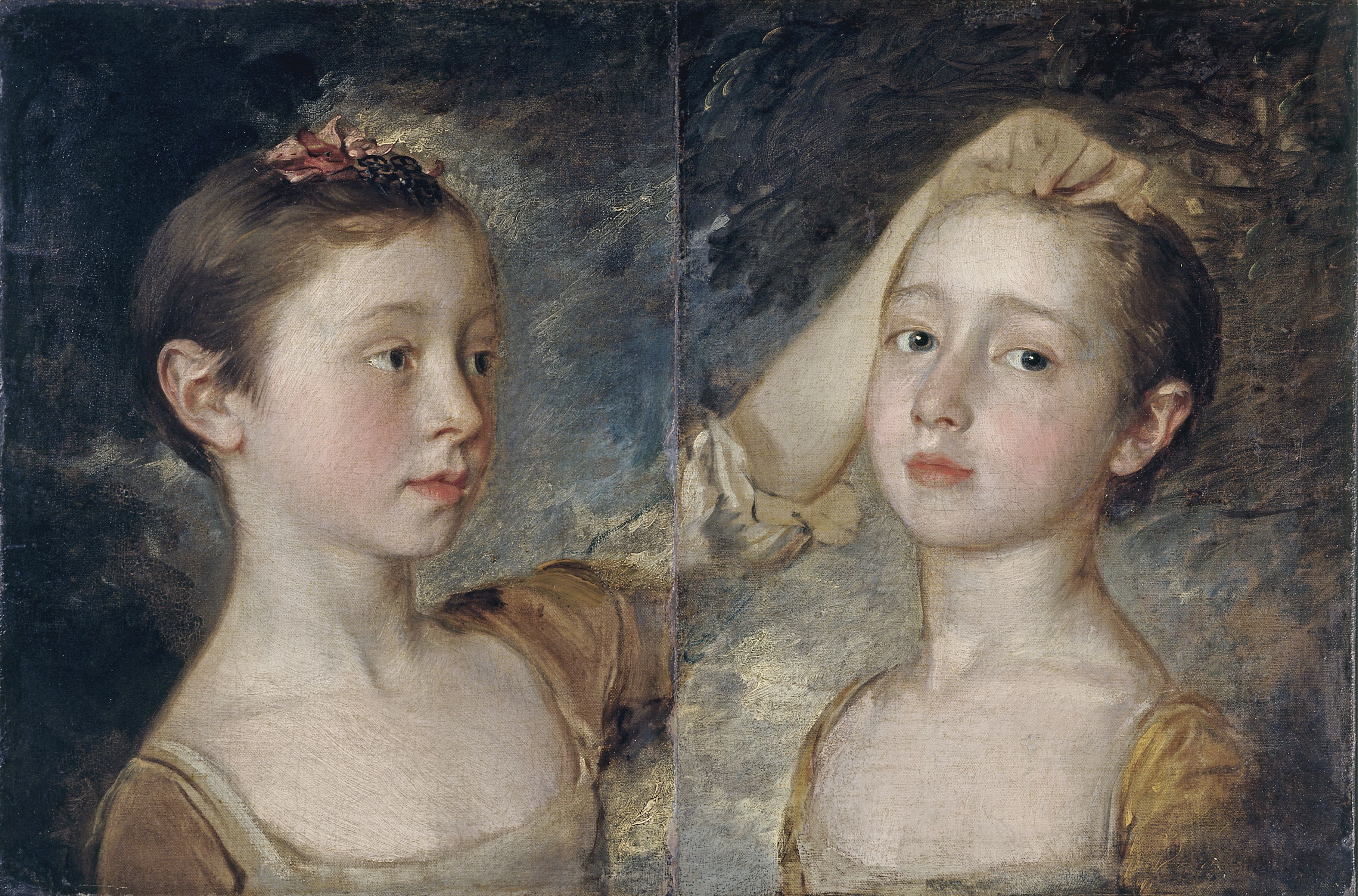Thomas Gainsborough (1727-1788), one of Britain’s most celebrated portrait artists, is getting a special display at the National Portrait Gallery
The Blue Boy will probably always be Thomas Gainsborough’s claim to fame. But that painting now lives in California, so it’s worth considering the other works of one of Britain’s greatest portrait painters. As a visitor to London this season, you have the chance to explore the artist’s studies of his own loved ones: in Gainsborough’s Family Album.
Set out as a timeline, the exhibition neatly shows Gainsborough’s development as a painter. In the 18th century, clothes were an important marker of class. Portraits were therefore a chance to showcase your social status; on the other hand, a portrait artist could transform their model by adding new clothes. Gainsborough understood this dual power of portraits to elevate and transform himself and his family, especially as his forebears were respected makers of fine clothing. So we see a self-portrait from 1754 with Gainsborough wearing a tricorn hat, an accessory for sport and therefore suggesting an affluent lifestyle. Presenting himself as refined was a way for Gainsborough to show rich patrons that he was the right man to paint them. So likewise a self-portrait from 1758-9 shows him in an expensive coat. Later, we see Gainsborough taking his children’s future into his own hands, painting them in aristocratic dresses in a 1774 dual picture.
Gainsborough was always in conversation with other artists, and this is captured at the National Portrait Gallery’s exhibition. As well as drawing on old masters, he tried his hand at ongoing fashions in painting. Early works such as John Gainsborough (1746-8) show the influence of the Dutch Masters. You’ll sample his “expressive head” portraits, such as of his nephew and apprentice in Gainsborough Dupont (1773). These were a nod to Rembrandt from the 1600s. The fragile upward stare of his daughter in Margaret Gainsborough (early 1770s) points to old depictions of saints, as well as suggesting her “sensibility”: this was a prized characteristic in Gainsborough’s time, and meant emotional sensitivity and passion. He also ventured into “fancy painting”, a fashionable genre where children are depicted in some kind of activity, often with a moral message. Examples on display include Margaret Gainsborough as a Gleaner (late 1750s) and The Painter’s Daughters with a Cat (1760-1), with its message of “whoever plays with the little cat will get scratched”.
With Miss Susanna Gardiner (1758-9) we see the first signs of Gainsborough’s signature, slightly misty technique. This portrait was painted with a feather brush, and seen up close it looks rough, almost sketchy. But as Gainsborough tells us himself, you have to stand back to get the real effect: an airy body, its brown dress almost blending into the background while a pale face shines out, the girl’s stare strangely intense. But mistiness came into its own with the later work, such as a self-portrait from 1787, with the face no more solid than the cravat and coat below it. Sometimes Gainsborough combines precise painting of faces with misty painting of bodies, such as in Mary Gainsborough (1777). Here, the artist’s daughter plays a Cittern string instrument which is just about ready to disappear into thin air. We know this was deliberate because Gainsborough signed off so many works like these, and it was heavily criticised at the time. Now, however, it’s recognised as part of his style.
This is just a taste of what’s on offer at Gainsborough’s Family Portraits. To really understand the artist’s family works you need to visit for yourself. You’ll also feel the irony of Gainsborough appearing in this very “establishment” gallery: he fell out with the Royal Academy in the 1780s, afterwards staging exhibitions in private at Schomberg House!
National Portrait Gallery
St. Martin's Pl, London WC2H 0HE
- Monday:
-
10:00 - 18:00
- Tuesday:
-
10:00 - 18:00
- Wednesday:
-
10:00 - 18:00
- Thursday:
-
10:00 - 18:00
- Friday:
-
10:00 - 21:00
- Saturday:
-
10:00 - 18:00
- Sunday:
-
10:00 - 18:00




